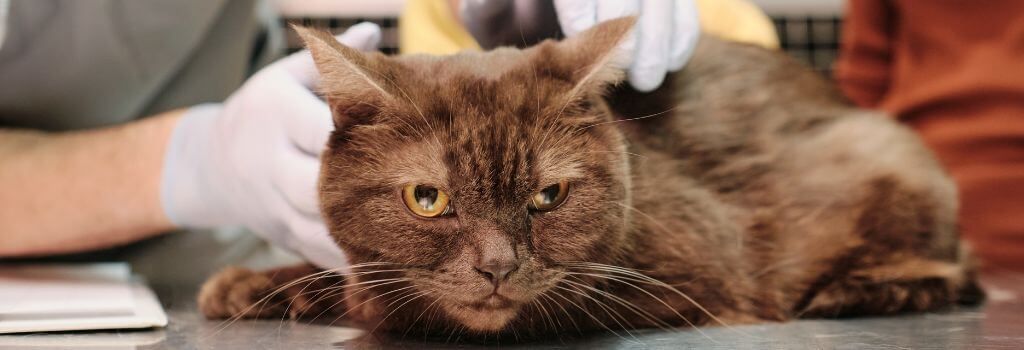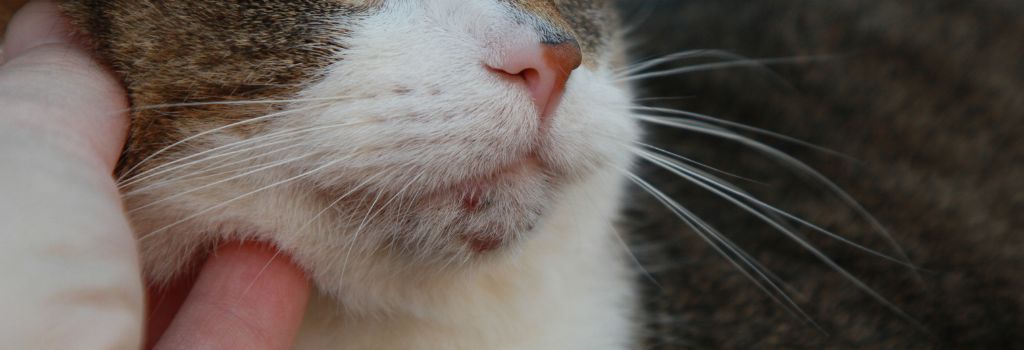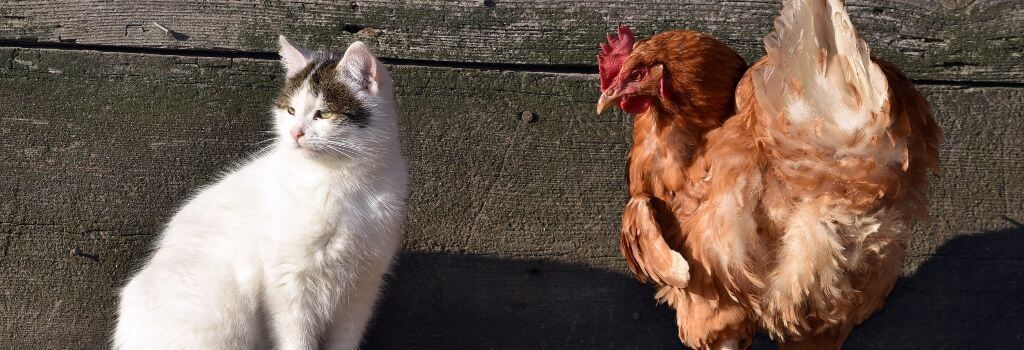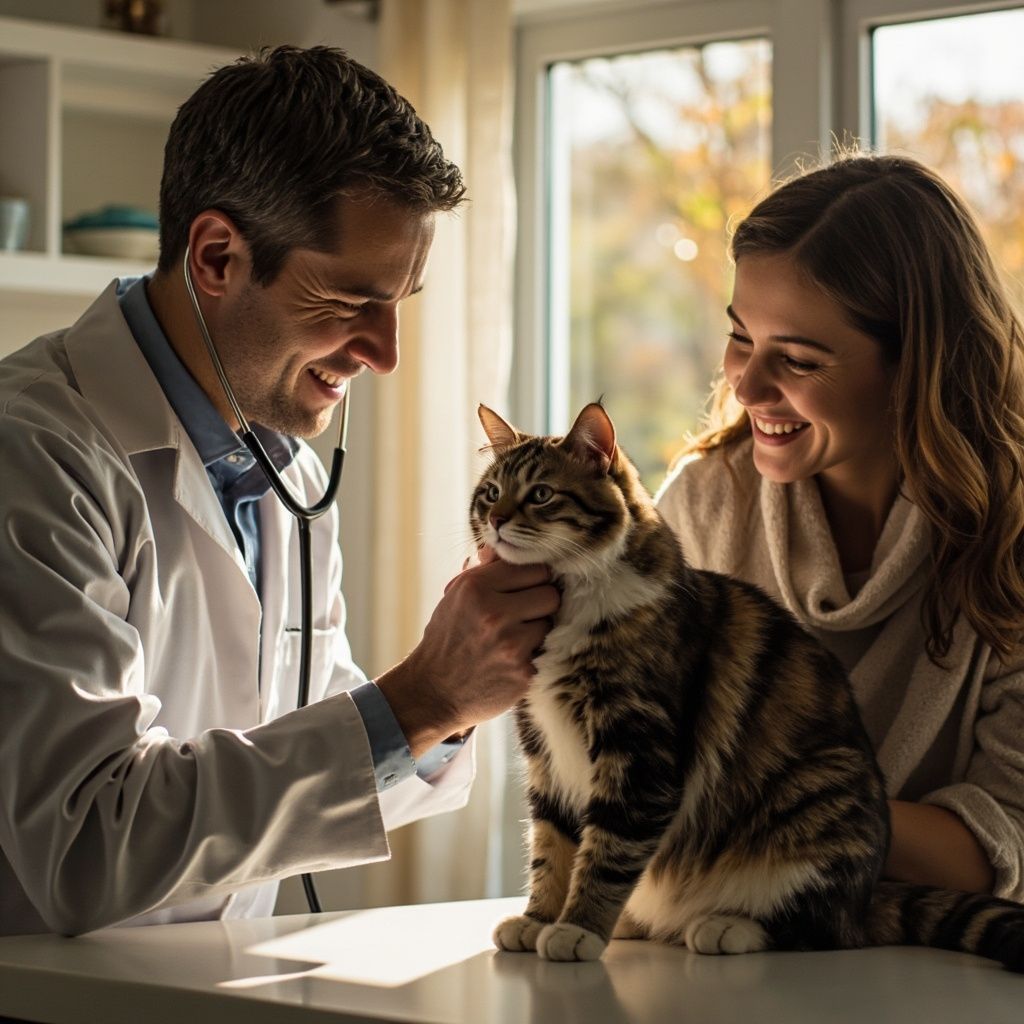Ready to Give Up on Crate Training? Try These Tips!
Crate training is one of the best things you can do to foster an excellent relationship between yourself and your canine companion. While you may feel a bit guilty about the mistaken notion that you’re “locking them up,” dogs instinctively look for small spaces when seeking shelter. Whether you have a puppy, an adult dog, or even a senior pet, crate training offers a wide range of benefits , and as veterinarians, it is something we strongly recommend.
Unfortunately, while crate training is excellent for dogs, it isn’t always easy. If you are struggling and feeling like you’re ready to give up on crate training, try these tips!
Start With the Right Dog Crate
Finding the right crate is a vital step in successfully training your four-legged family member. Choosing one that’s suitable for your pet can be tricky, though, because there are so many options. For starters, a wire or hard-sided plastic crate is better than a soft-sided one. These styles are sturdier and much easier to clean. Plastic crates are great because they’re darker and more comfortable. If you choose a wire crate, you might need to cover at least the back portion to make it darker.
Select the correct size. If you are training a puppy who will grow into a much larger dog, be prepared to purchase multiple crates as they get bigger. Some crates have a partition that can be moved as the puppy grows. Ideally, the crate needs to be big enough for your canine companion to comfortably sit, stand, lie down, and turn around. It may seem a bit cramped to you, but it feels like a cozy den to your dog.
Put the Crate in the Right Spot in the Home
Once you’ve selected a suitable crate, there is still an important detail to consider: Where to put it. Placing it in a busy part of your home — like a child’s playroom — could cause overstimulation. However, you also don’t want to put it in an out-of-the-way area where your dog will feel lonely.
Some considerations on where to place your dog's crate are:
- Choose an area that’s quiet but not isolated. Your bedroom is an excellent place to crate your dog at night.
- When you need to crate them during the day, a quiet corner of your living room, kitchen, or home office are all ideal options.
- Avoid placing the crate in a drafty area or near a heat source. Don’t place it in direct sunlight, either.

Make the Crate Appealing to Your Dog
Introducing your dog to their crate should be a fun game. Start slow, and make the crate a high-value destination. The goal is to make your dog associate their crate with only positive things. Placing your dog’s food bowl inside is one of the best ways to do this. Offering up slow-release treats, like peanut butter stuffed Kongs, is a great option, too. If you are training a puppy who was recently separated from their mother and siblings, a comfort item, like a blanket or stuffed toy, that smells like their litter mates is an excellent option that will help them adjust to being on their own. You could also offer a special reward that the dog only gets when they go in the crate, like a favorite toy or food reward.
A few things you can put in your dog’s crate to make it more appealing include:
- High-value treats
- A cozy bed
- Durable rubber chew toys
- Puzzle toys
Never treat your dog’s crate as a punishment. You may be tempted to put your puppy in there if they have an accident on the floor or get into something they shouldn’t, but you should never force them into their crate when you are upset. If you’re having a hard time with crate training, creating any sort of negative association will only set your dog’s progress back further.
Be Mindful of What You Do With Your Dog Outside the Crate
Successfully crate training your dog involves working with them inside and outside the crate. If you try to crate your puppy when they are bursting with energy, the process probably isn’t going to go very well. Be sure to provide plenty of age-appropriate mental and physical stimulation , so your canine companion is ready to rest when it’s time to go in their crate. If your dog is tired, they will have much less trouble getting settled.
Don’t make a huge deal out of putting your dog in the crate or letting them out. The process should be fun, but you shouldn’t make it overwhelmingly emotional. If you make a big deal out of hellos and goodbyes, your dog will pick up on your emotions and have a much harder time with crate training.
Closing Thoughts
Crate training helps you build a stronger relationship with your dog. It keeps them safe and gives you peace of mind. While some dogs take to their crates immediately, others have a much more difficult time. If you are having trouble crate training your canine companion, consider scheduling an appointment with us. As your dog’s veterinarian, we can help you work through potential problems getting in the way of successful crate training. We’re also here to provide tips and tricks to help you give your furry friend the best life possible. Reach out to us today!
Recent Posts










